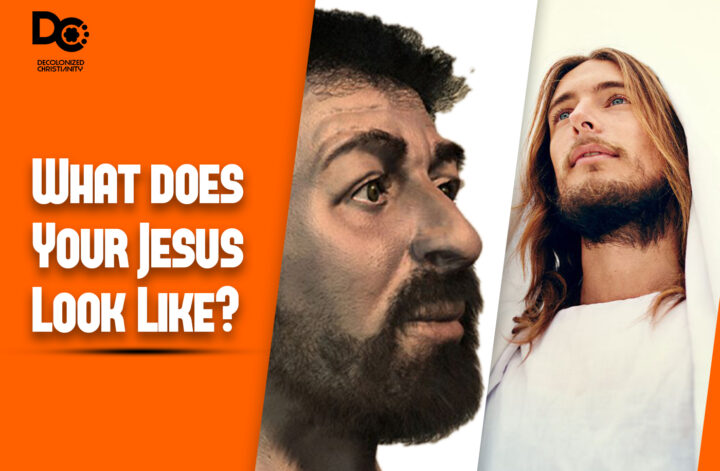Having addressed the cultural background of Jesus’ time and the ubiquitous physiognomic awareness recorded in the Hebrew Bible (See Part 1), we are now ready to look into relevant New Testament data. Our minds may have been so thoroughly clogged by the image of a White Jesus that we may be shocked to learn that the Bible says nothing that may help anyone visualize what the historical Jesus might have looked like. Though New Testament writers often portray Jesus as a type of Moses, not a single writer mentions Jesus’ physical trait like Exodus does with Moses. Consider the Gospel of John, for instance. Although John explicitly links Moses and Jesus when he says, “For the law was given through Moses; grace and truth came through Jesus Christ” (1:17), he says nothing about the physical form of Jesus. Instead, we get this verse: “The Word became flesh and made his dwelling among us. We have seen his glory, the glory of the one and only Son, who came from the Father, full of grace and truth” (1:14). As Joan Taylor remarks, “this does not immediately conjure up an image of a specific person who could be described in terms of height, facial features, handsomeness, beardedness, clothing, or whatever” (2).
Jesus, Physiognomy, and First-Century Rome (Series Part 1)
Background
Thanks to European imperialism manifested through colonization and slavery, one of these images is unmistakable. Indeed, the European Jesus is such a well-developed form that one could endlessly change the face of the image without affecting its recognizability. The White Jesus typically has long, straight hair with a long face instead of a rounded one. He is, of course, always white and often has blue eyes. The White Jesus never wears shorts but a robe and a mantle. As Joan Taylor observes, the image or form of the White Jesus is so distinct that “he can be recognized as miraculously appearing in clouds, on pancakes, or pieces of toast” (1). The rather interesting irony is that the juxtaposed, brown-skinned image above is closer to what the historical Jesus looked like than the universally marketed White Jesus. In first-century Palestine, Jesus would have most likely kept shorter hair as it was customary. If he had long hair, it would be due to neglect and would look nothing like White Jesus’ coiffure.

